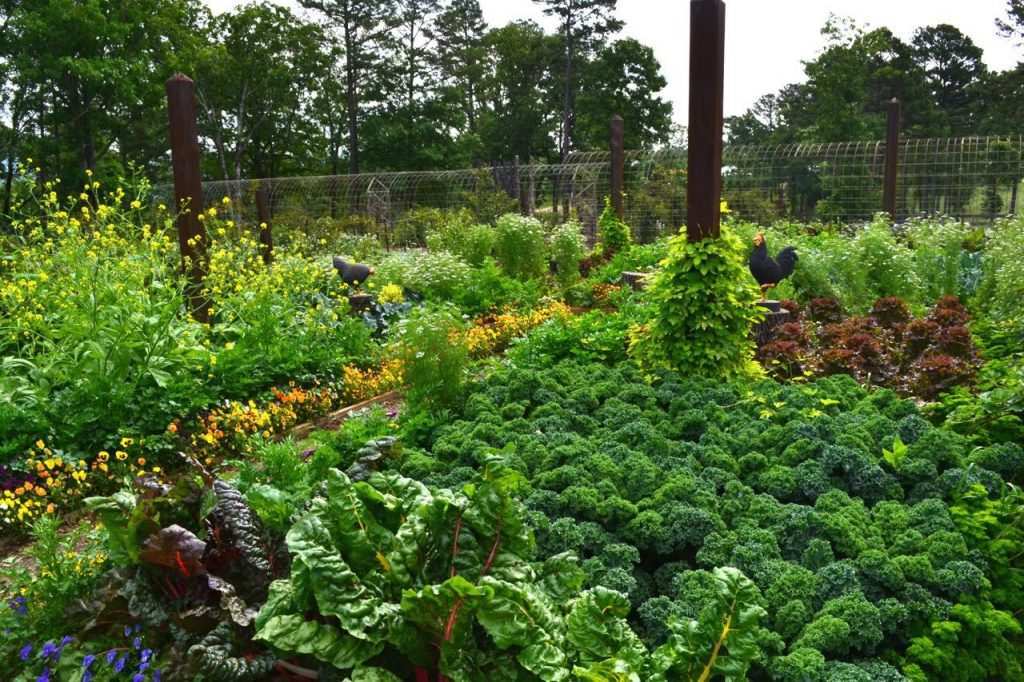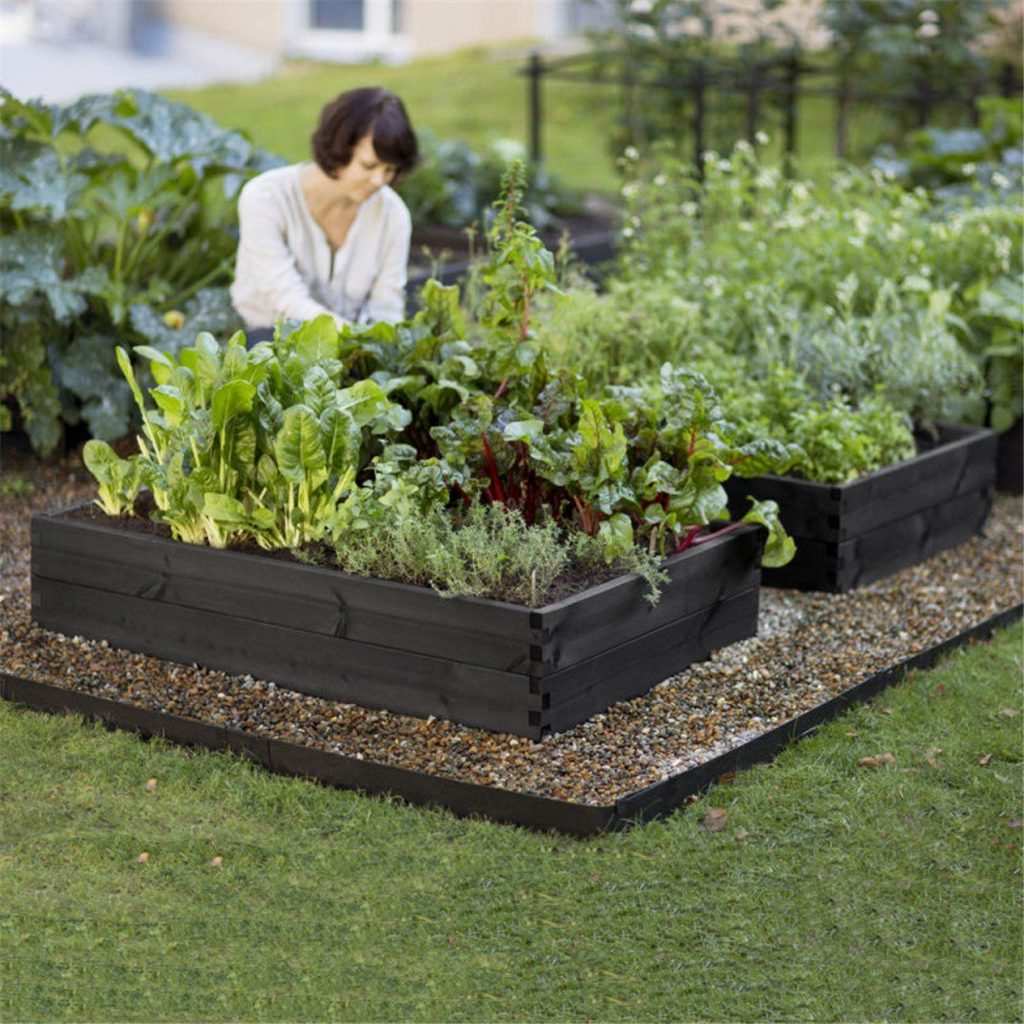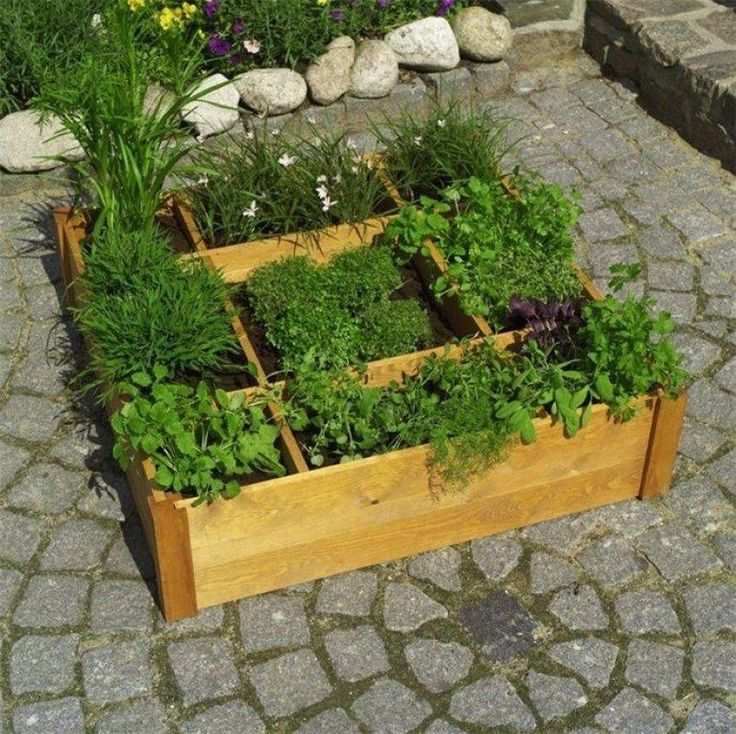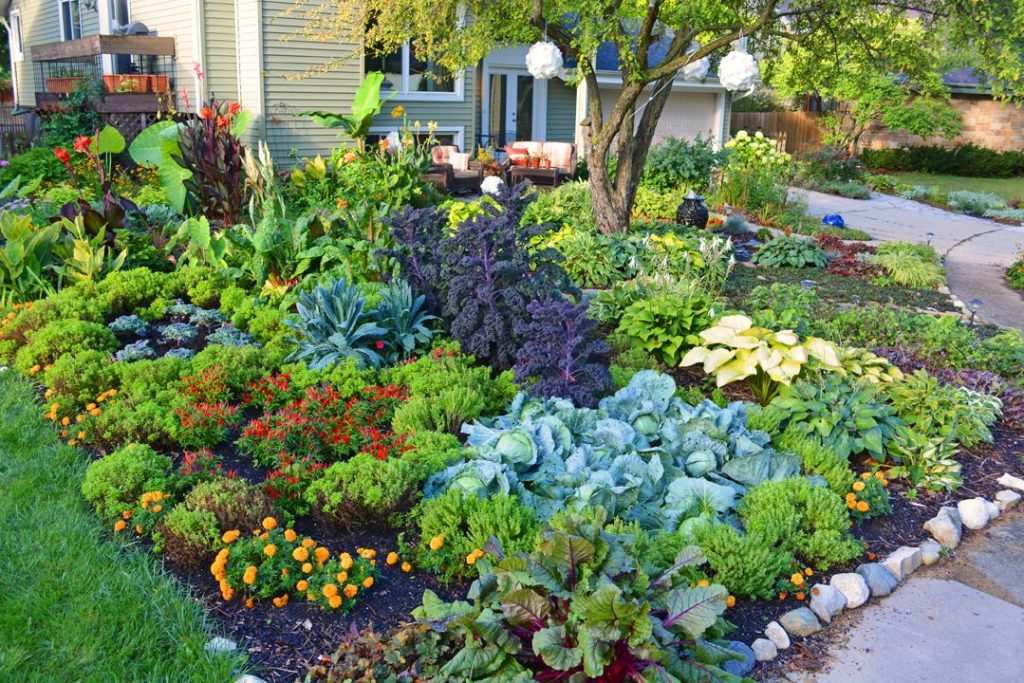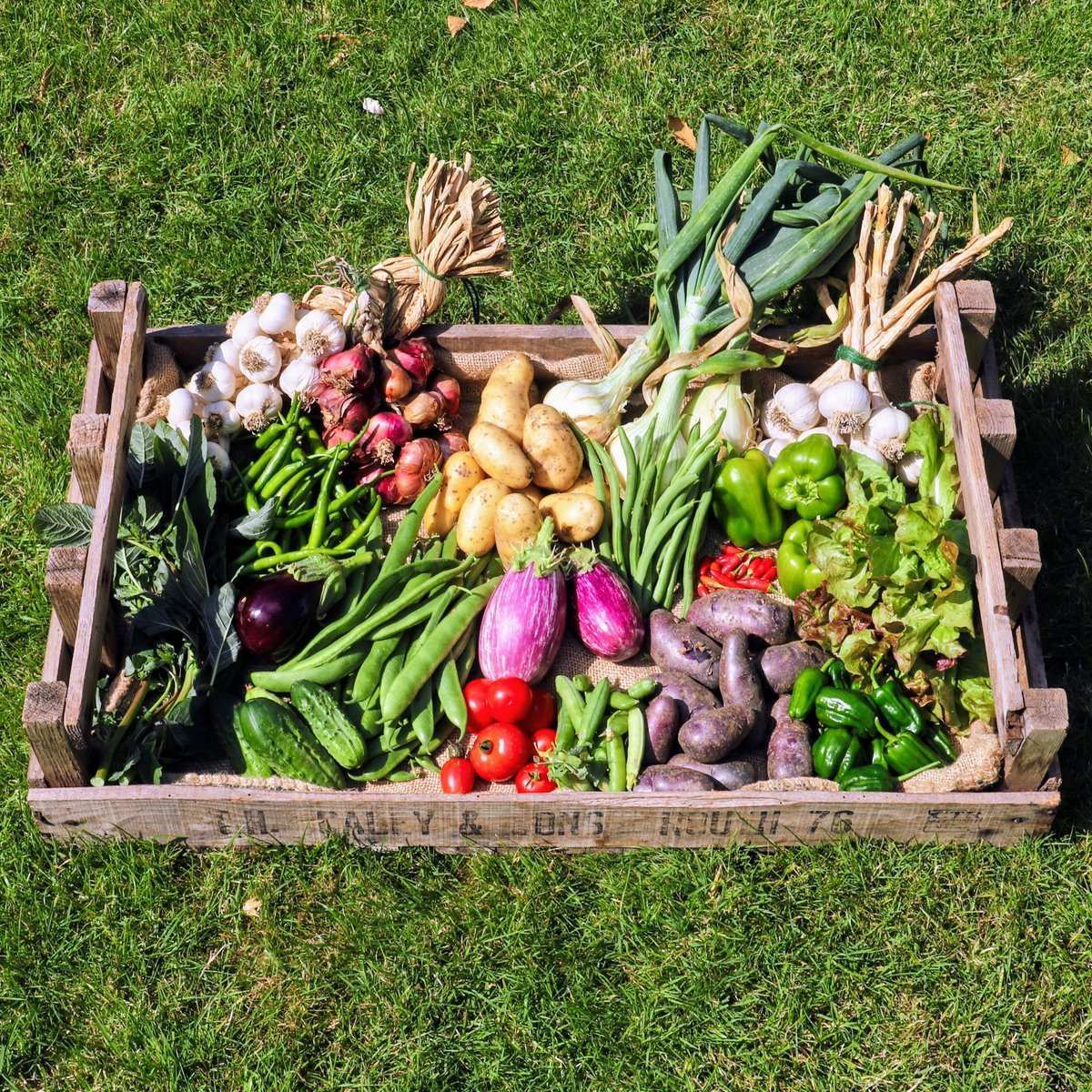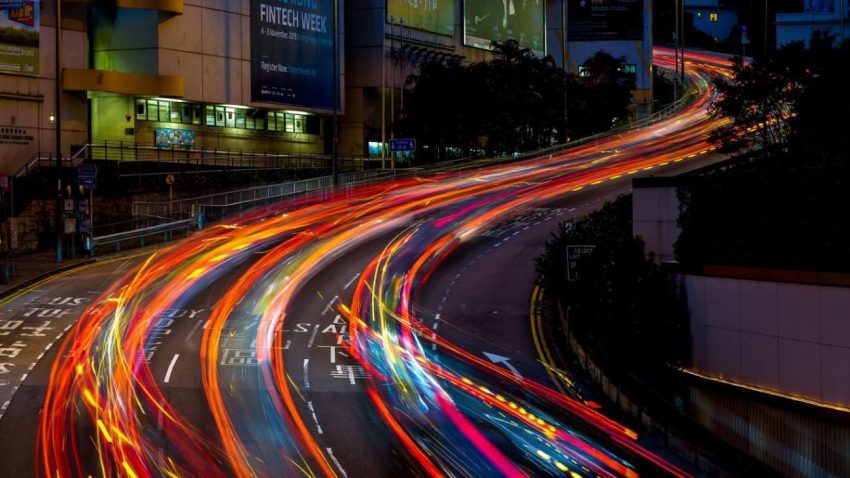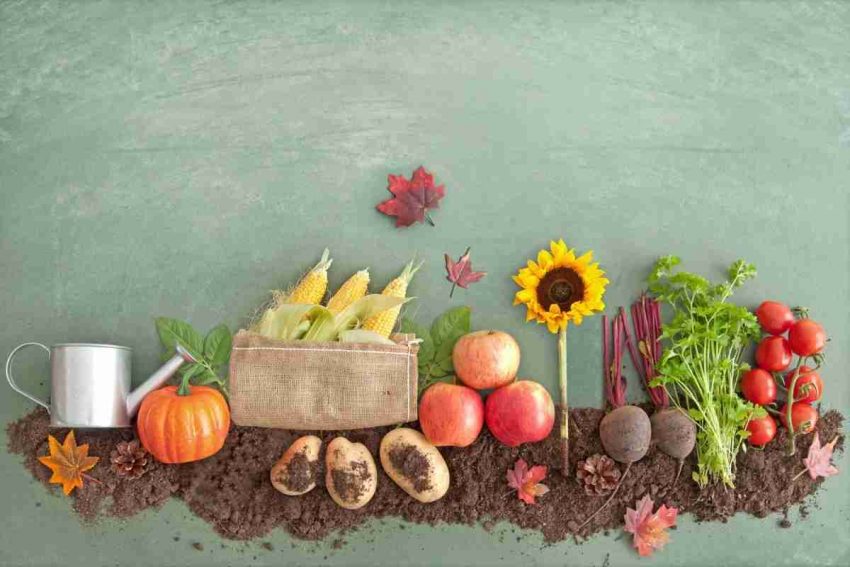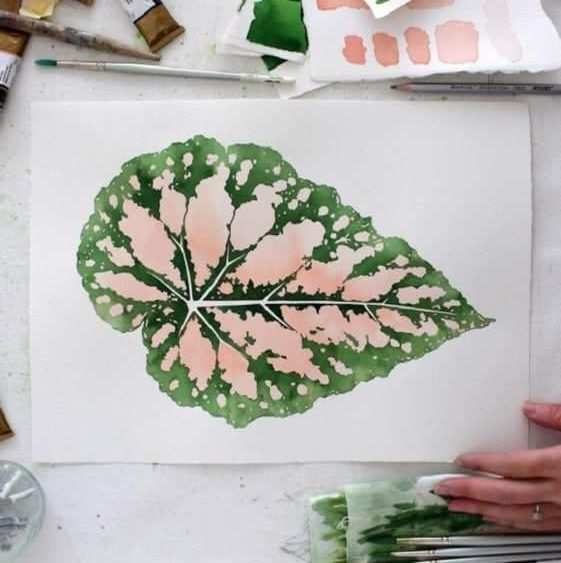This post is also available in:
![]() Türkçe
Türkçe
Urban green spaces have a great role in improving the quality of urban ecological life. Therefore, whether in urban or rural environments, the importance of plant material is always great. In terms of functionality and aesthetics, it is necessary to consider aesthetic efficiency as well as functional effects in a design. Both functional and aesthetic effects complement each other.
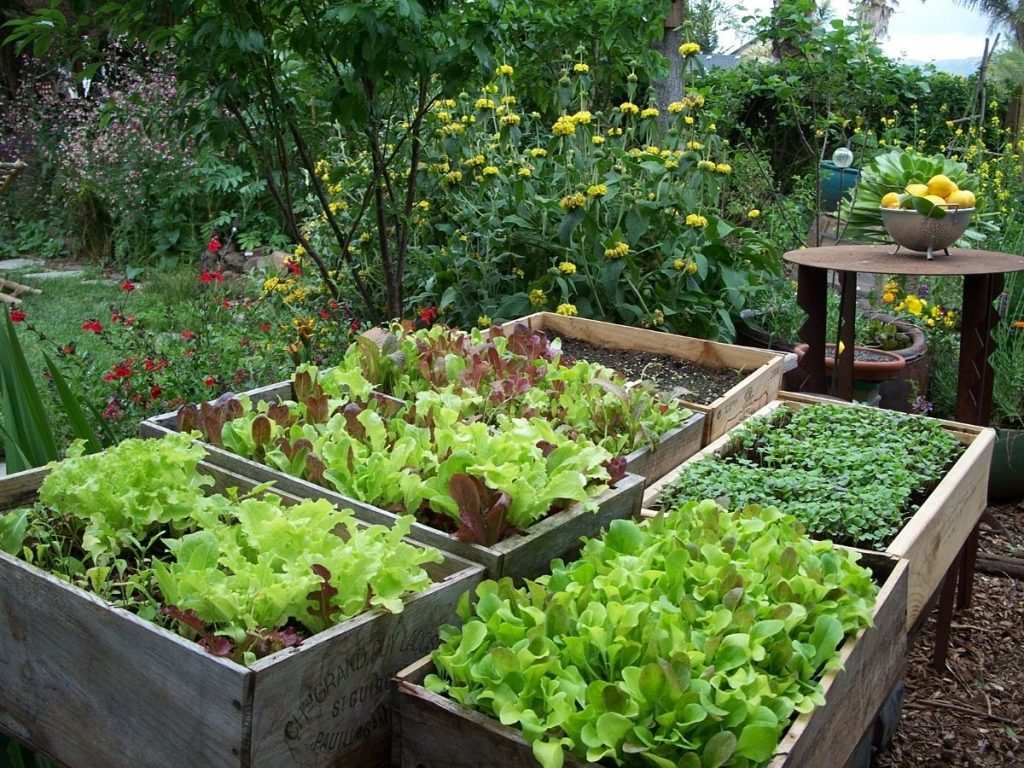
So, how did the edible landscape originate?
The origin of the edible landscape is not as recent as one might think. Traces of this technique can be seen in ancient Egyptian and Babylonian gardens. If we dig even deeper, it’s 10. It has been learned that ‘Benedictine Priests’ planted in the church gardens in the style of an orchard in the 19th century. these studies, which were carried out in the oldest times, are actually only experimental studies. If we take a closer look at the history, small vegetable gardens called ‘Potager’, that is, kitchen garden, have started to be established. Large vegetable gardens were started to be designed by carrying small-scale vegetable growing to larger sizes.
By the 1970s, the increasing prices of vegetables and fruits greatly increased the value of the gardens. Everyone has started to save money by growing their own fruits and vegetables, and they have also affected greenhouse gas emissions.
Landscape designer Robert Kourik in the 1980s identified the genre of horticulture that combines aesthetic design with edible crop production. Thus, the first use of the concept of ‘Edible Landscape’ began. In 1982, Rosalind Creasy introduced the term to the landscape world with her article titled ‘The Complete Book of Edible’.
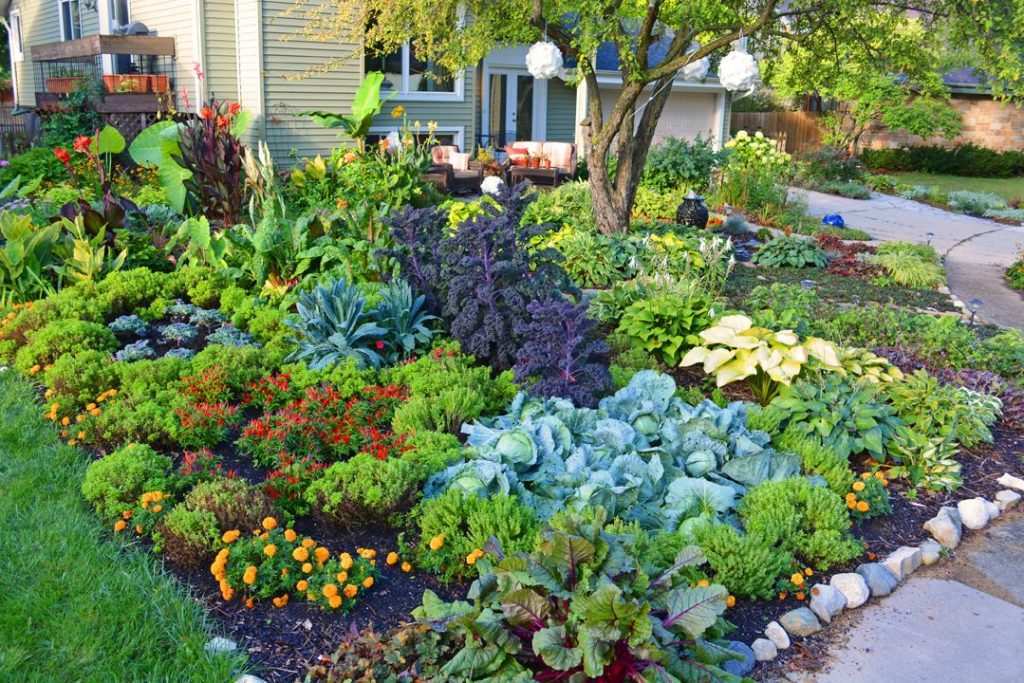
Edible grasses were used instead of grass in the design of the edible landscape, lettuce-style vegetables instead of the limiters, and edible fruit-bearing trees or flowers were used in the interior design. Today, edible garden designs represent a more environmentally friendly approach.
Plants; In addition to their aesthetic effects in the green areas they create, they also help users interact with their living spaces with their functional features. Considering both functionally and aesthetically, it is necessary to consider the aesthetic effect in a design alongside the functional effect. Plants with nutritional value for humans; Field crops, vegetables, edible fruit trees and shrubs include the group of edible plants that are generally edible and consumed as food.
These plants; Due to the aesthetic contribution of landscape plants, it has started to take the place of ornamental plants in open green areas. Edible plants contain decorative features, as well as being food plants with the most distinctive features, making them productive plants that can be safely eaten by humans. Edible landscape includes plant species that have both aesthetic value and nutritious food value without the aim of providing economic gain.
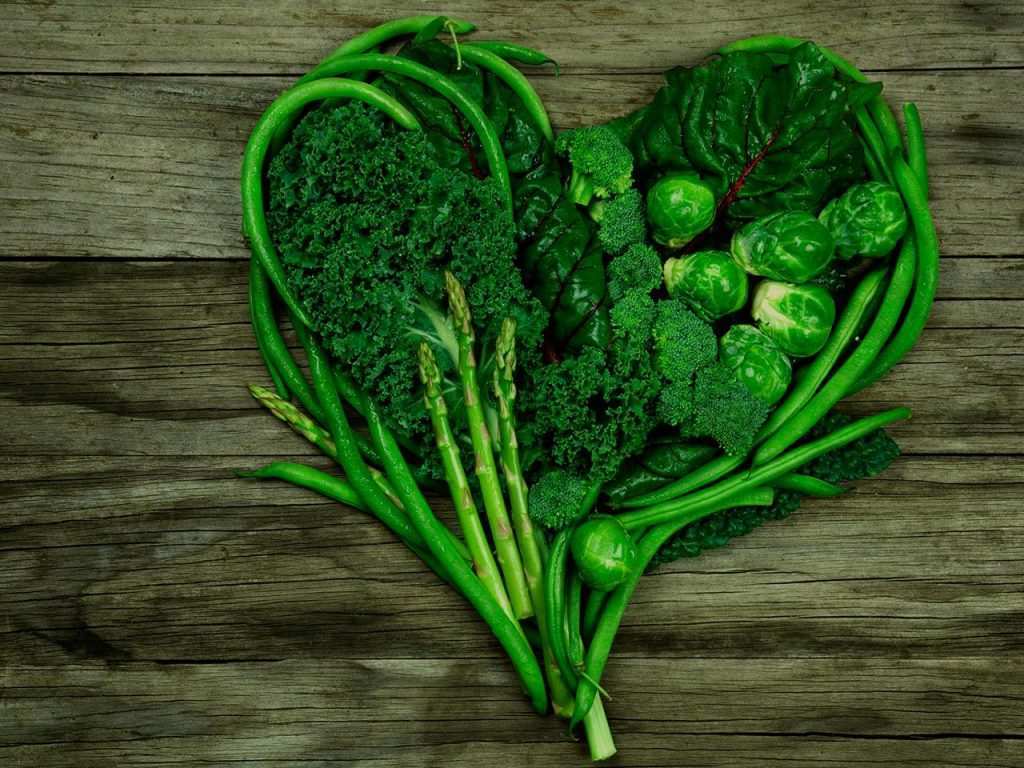
These plants have recently been evaluated as a new value within the framework of the concept of functional plants. As a result of urbanization, the decrease in natural areas has affected human beings negatively in many ways. In order to eliminate these negativities, besides using natural resources, human beings needed the plants in the environment they lived in both rural and urban living areas.
The purpose and usability of edible landscape allow for its wide adoption by significant user bases and a great opportunity for the transition to more sustainable food systems and urban land uses.
There are sub-headings in this process, which starts with the observation of the physical conditions of the area; It is possible to name the size of the area, the type of soil, water resources, the direction of movement of the sun, its position relative to the directions, its relationship with other structures around it.
The golden rule in edible garden design is that each element serves multiple functions and each function must be supported by more than one element. Edible urban gardens are an important project for people to have access to clean food, for children to participate in plant growth processes and to experience that they are producers and self-sufficient societies rather than consumers.

The most important details of the plant species to be selected are that the seeds and seedlings have not been genetically modified, they have the ability to reproduce, the ones that are suitable for the season are preferred, chemical drugs that adapt to the conditions in the geography (such as plants that love hot for a hot and arid climate and need less water) There should be plants that can fight the problems that may occur without using them. Vertical gardens that increase the use of space, warehouses where we can harvest rainwater, herb gardens prepared according to different elevations and directions, seed germination corner for children, the compost section where you create your own soil for sustainability, and the realization of all these ideas with practice.
The most popular plants used in an edible landscape fall into five basic categories:
- Fruit bearing trees
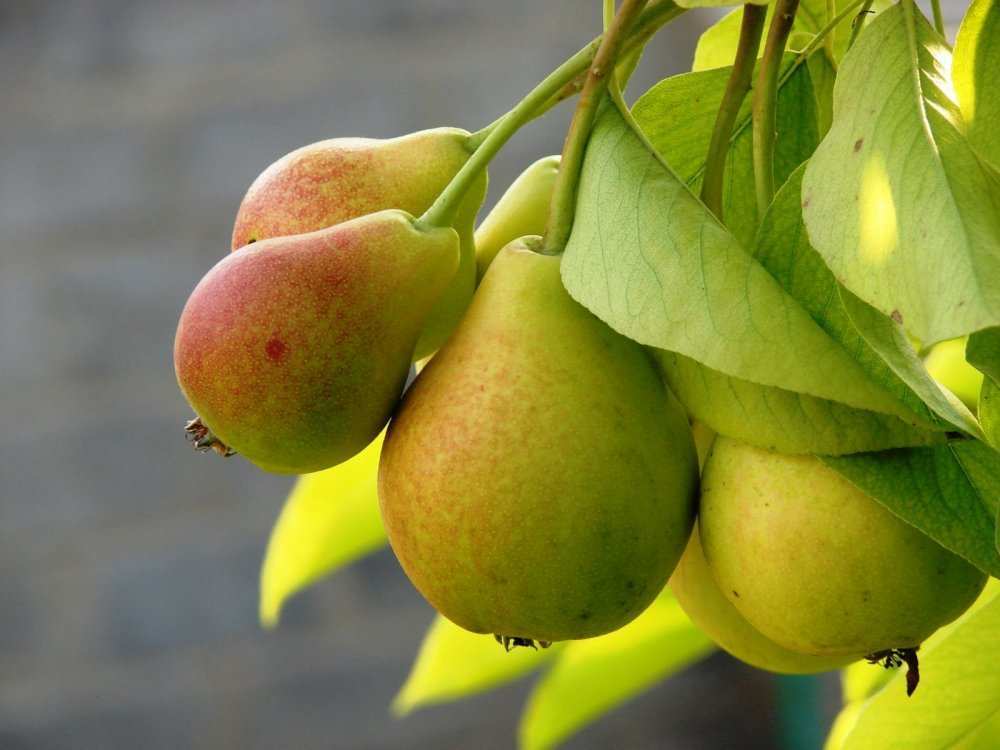

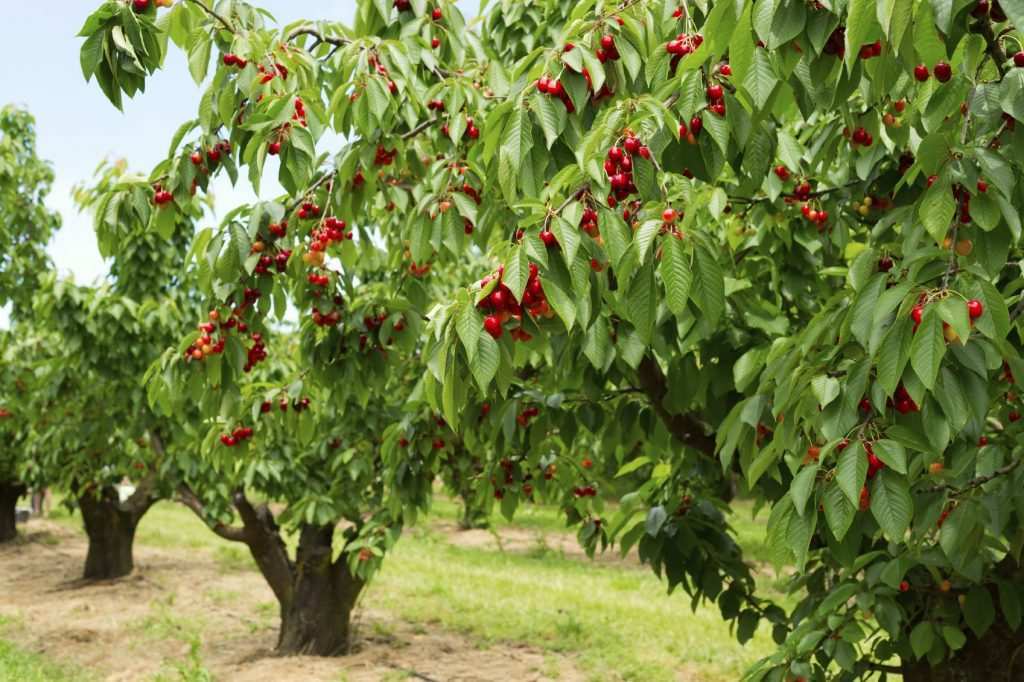
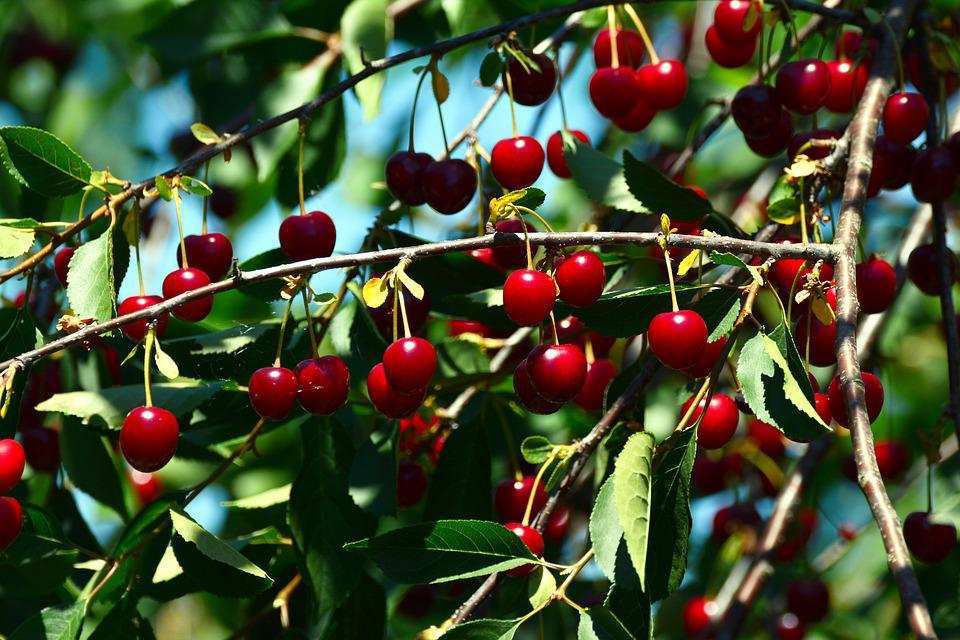
- Berry bushes

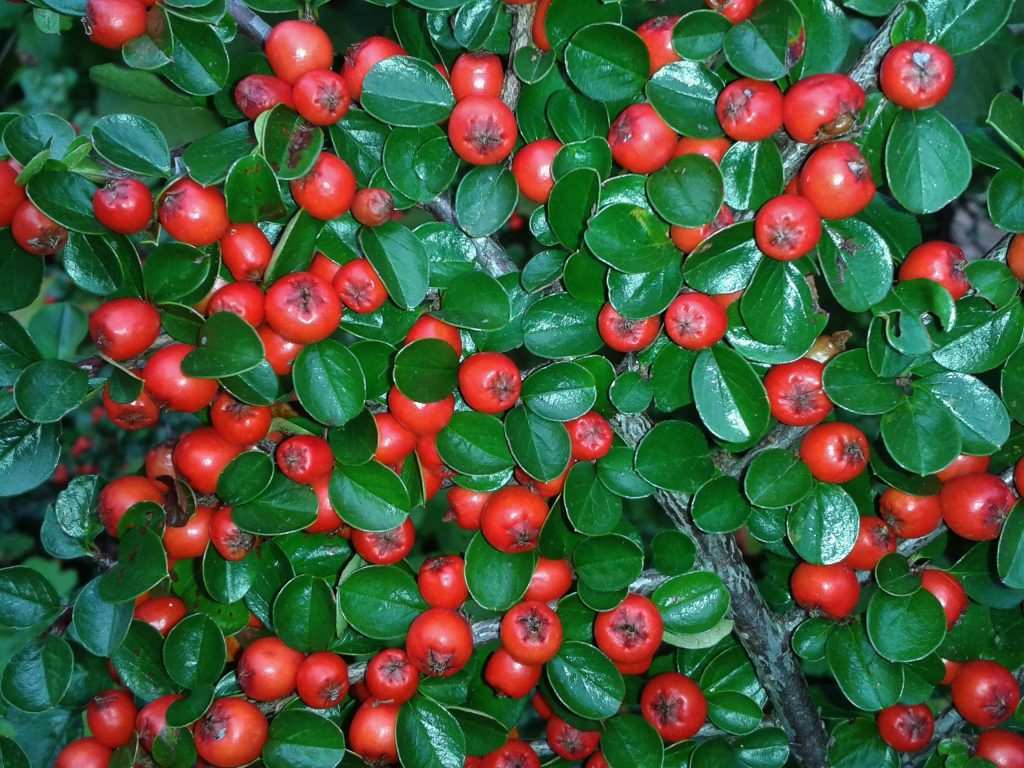


- Herbs

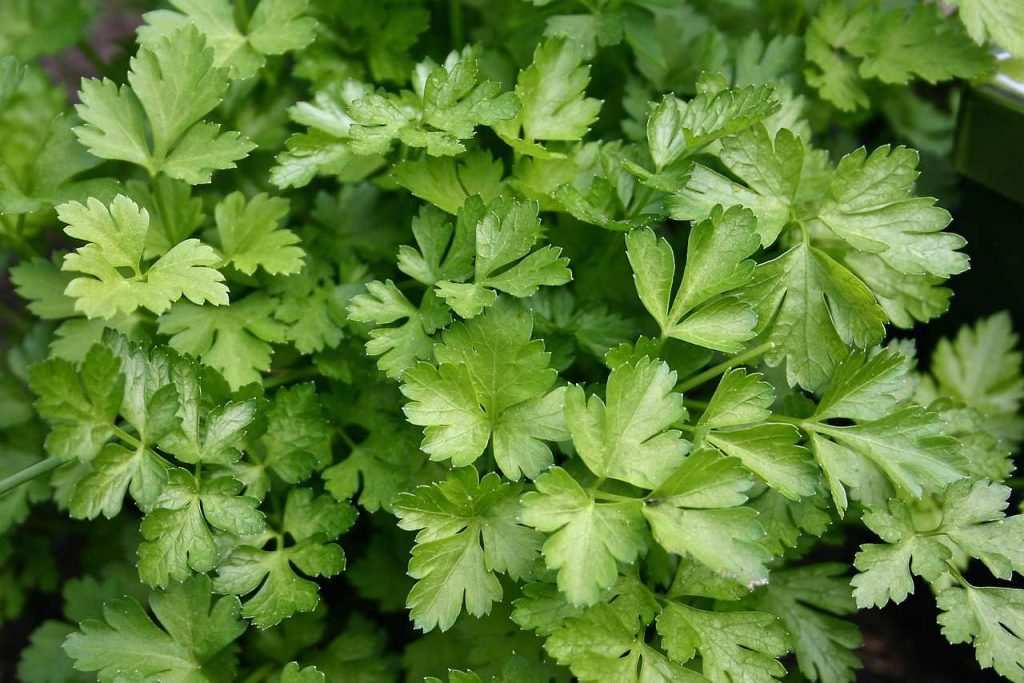




- Edible flowers



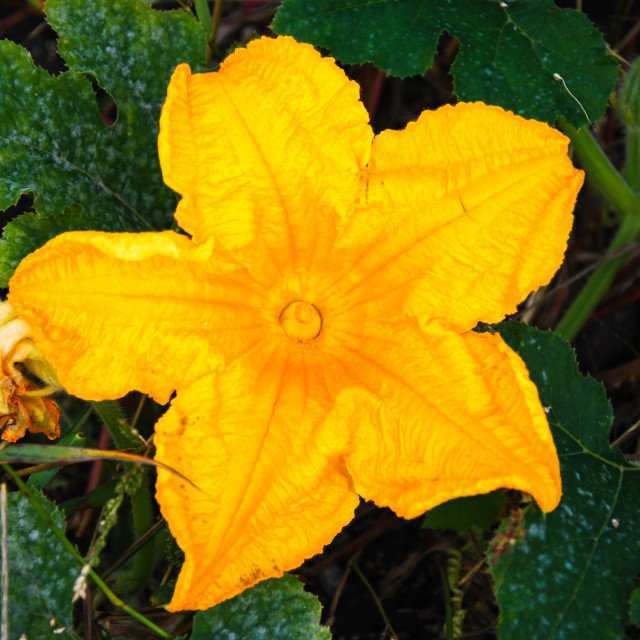


- Leafy greens

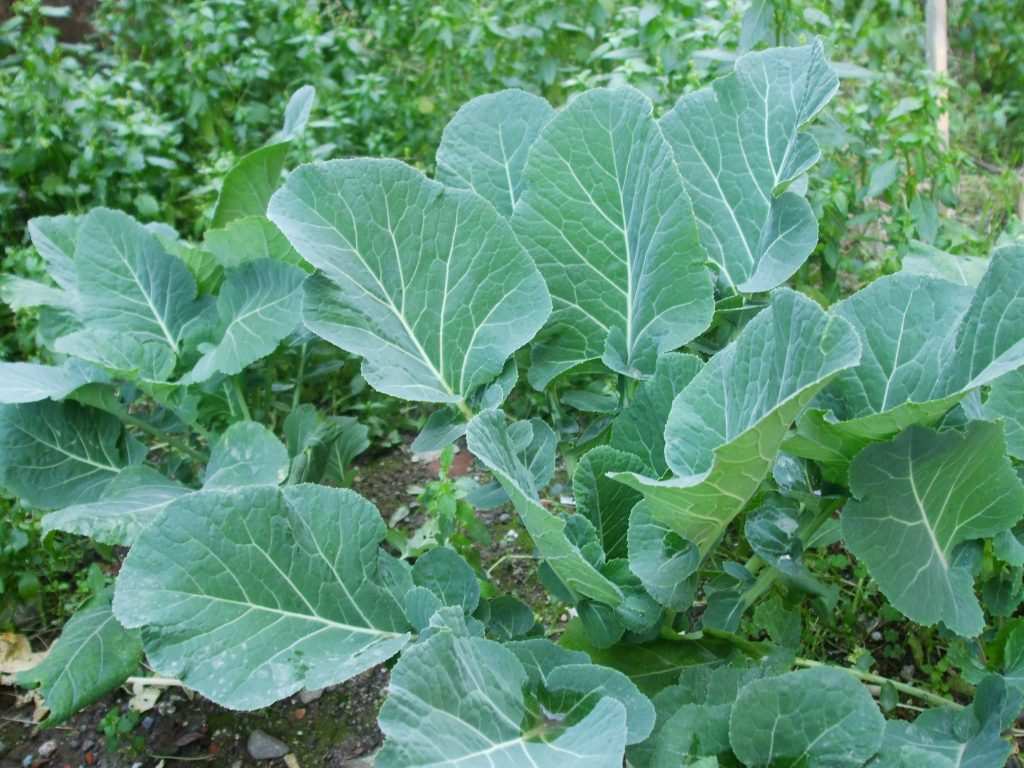
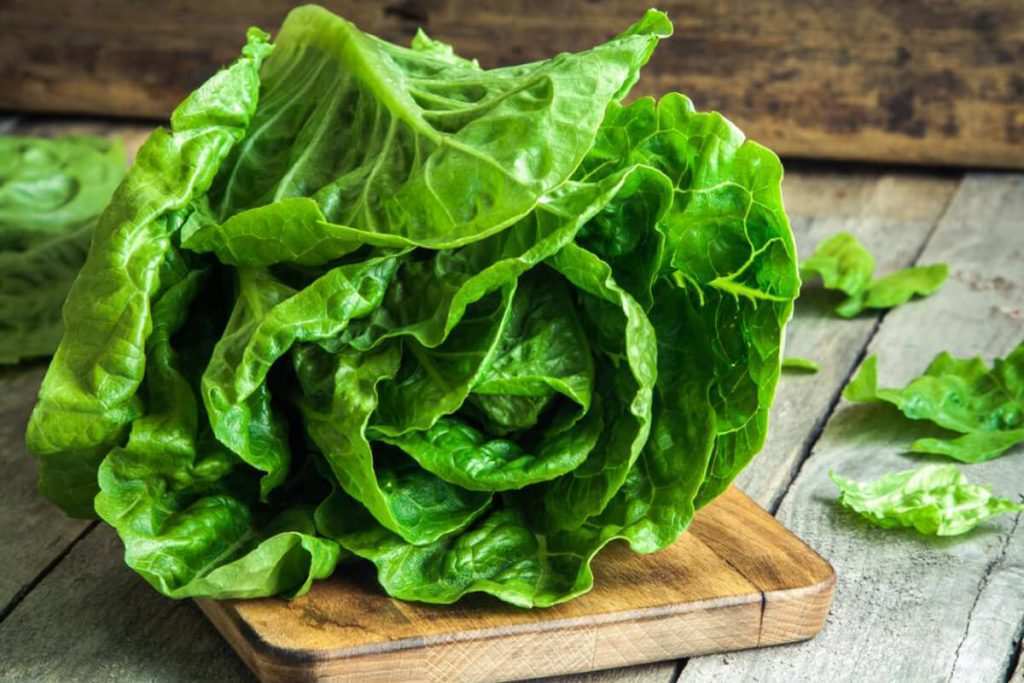
You can design your own edible garden. Let’s talk a little about what is necessary for this and the elements that need attention.
Materials needed for an edible garden;
1- Stakes and rope should be used to show the design of the garden you will build.
2- You can use a mower and a Rototiller machine to level the ground.
3- Hand tools such as shovels, hand trowels and rakes.
4- You can use compost to feed the existing soil.
5- All necessary materials for the irrigation system
6- It will be appropriate for your garden to have fencing material to prevent the entry of wild animals and destruction.
7- You can create your own fertilizer for your garden by installing a compost system (prefabricated boxes, wooden slats, chicken wire enclosures, etc.).
8- Mulch material to cover and feed the soil 1-2 cm. ( bark straw, sawdust)
9- You should have ready vegetables, seeds for herbs, and saplings for fruit trees that you decide to grow in your garden.
Let me tell you a little about some of the elements that you should pay attention to when setting up your garden;
- I recommend you to have a soil test to find out what kind of changes your existing soil may need in the area where the design will be applied, or whether there are traces of grass chemicals if grass has been applied before.
- Make a plan for the garden design and make sure to mark the areas to be designed. This will reduce your margin of error.
- Weeds in the area must be completely cleared.
- I suggest you add plenty of compost, vermicompost, manure, mushroom soil and, if needed, a soil addition on the exposed soil that you do not plant.
- You can install compost bins and a rainwater harvesting system in your garden.
